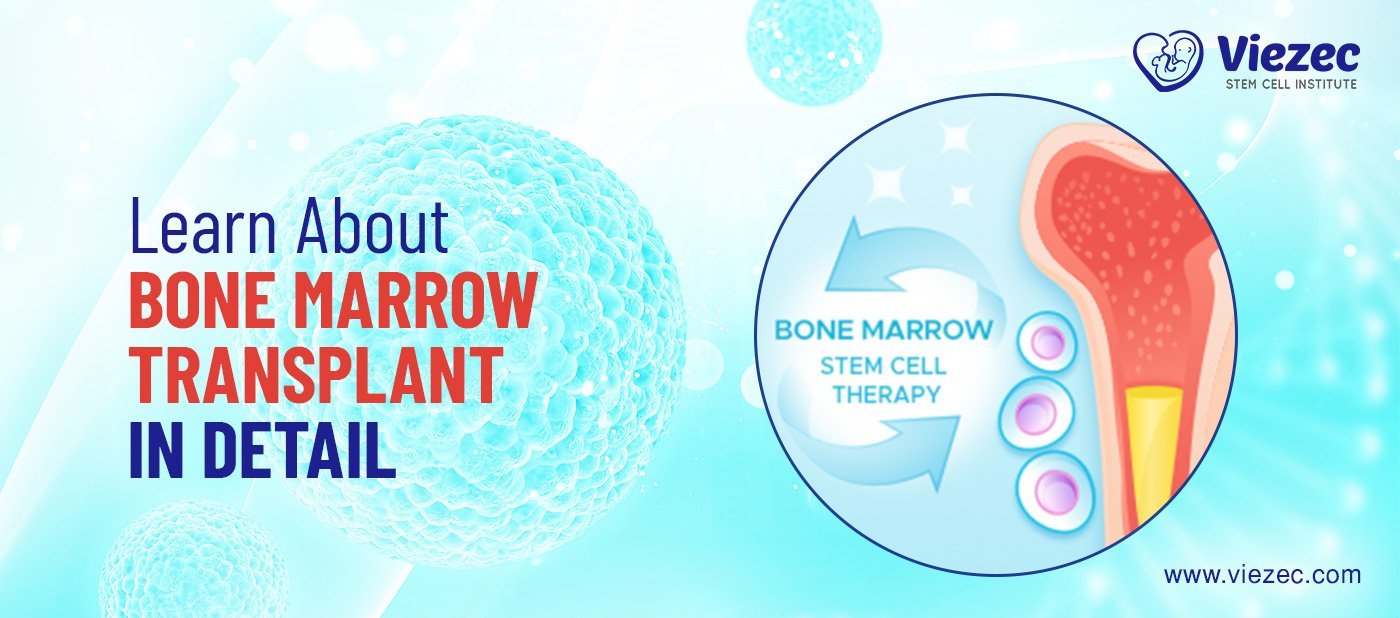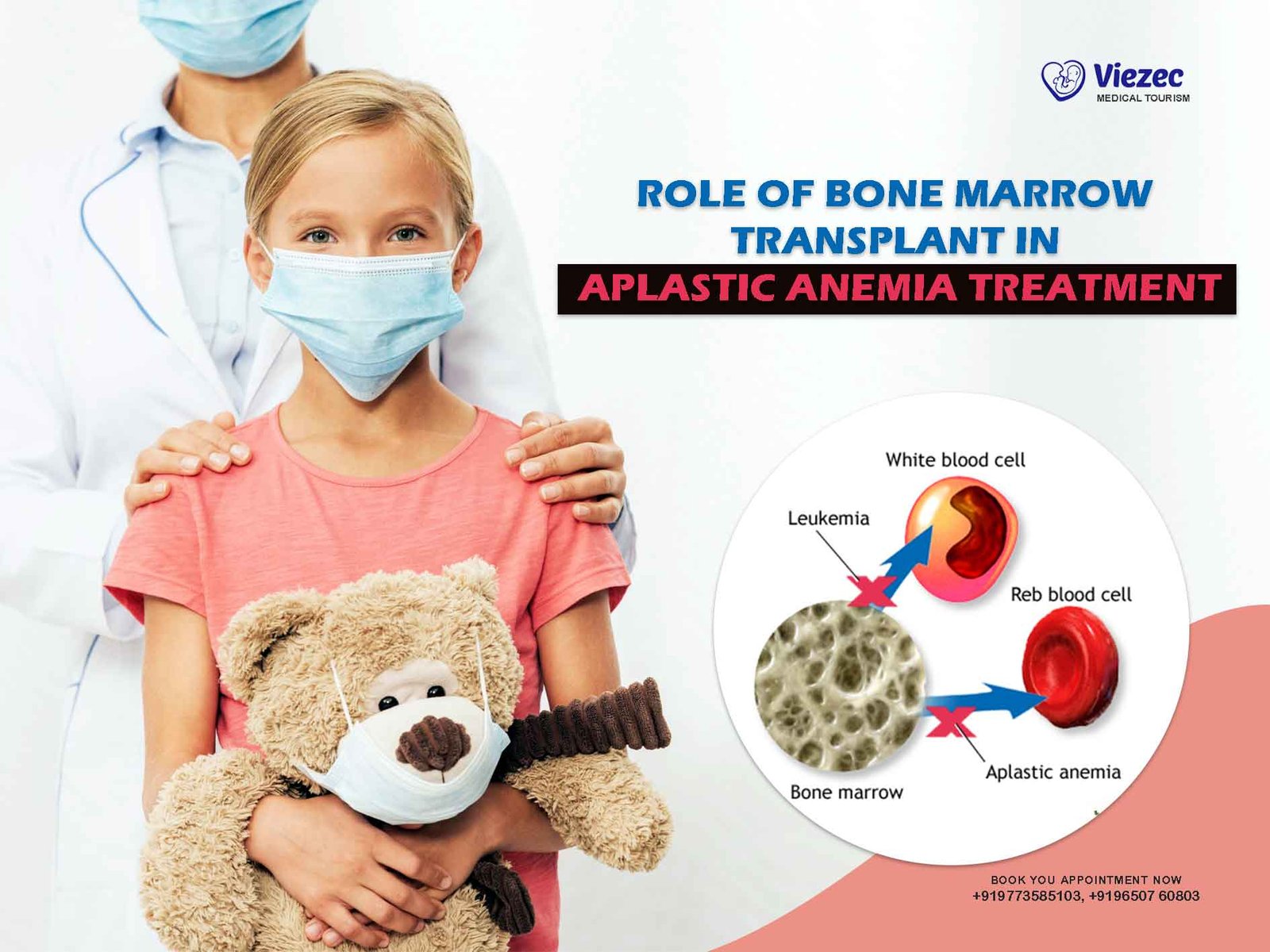Childhood leukemia is a devastating diagnosis that affects thousands of families worldwide each year. Leukemia, a type of cancer that affects the blood and bone marrow, can be particularly aggressive in children. However, thanks to advancements in medical science, particularly in the realm of bone marrow transplantation, there is hope for many children battling this disease. In this comprehensive guide, we’ll delve into the intricacies of childhood leukemia, explore the role of bone marrow transplantation in treatment, and discuss the promising developments in this field.
Understanding Childhood Leukemia
What is Leukemia?
Leukemia is a type of cancer that begins in the bone marrow, the soft tissue inside bones where blood cells are produced. In leukemia, abnormal white blood cells are produced in large quantities, disrupting the normal function of healthy blood cells.
Types of Childhood Leukemia
There are several types of leukemia that can affect children, including:
- Acute Lymphoblastic Leukemia (ALL): This is the most common type of leukemia in children, characterized by the rapid production of abnormal lymphocytes (a type of white blood cell) in the bone marrow.
- Acute Myeloid Leukemia (AML): AML is less common in children than ALL. It involves the rapid growth of abnormal myeloid cells in the bone marrow.
- Chronic Myeloid Leukemia (CML): While rare in children, CML is a type of leukemia that progresses slowly and involves the overproduction of abnormal myeloid cells.
- Chronic Lymphocytic Leukemia (CLL): CLL is extremely rare in children and more commonly affects adults. It involves the overproduction of abnormal lymphocytes.
Causes and Risk Factors
The exact cause of childhood leukemia is not fully understood. However, several factors may increase a child’s risk of developing the disease, including genetic predisposition, exposure to certain environmental toxins, and previous cancer treatment.
Symptoms
The symptoms of childhood leukemia can vary depending on the type and stage of the disease. Common symptoms include:
- Fatigue
- Fever
- Easy bruising or bleeding
- Bone or joint pain
- Swollen lymph nodes
- Frequent infections
Diagnosis
Diagnosing leukemia in children typically involves a combination of blood tests, bone marrow aspiration and biopsy, and imaging studies such as X-rays or CT scans. A definitive diagnosis is made by examining the bone marrow under a microscope to identify abnormal cells.
The Role of Bone Marrow Transplantation
What is a Bone Marrow Transplant?
A bone marrow transplant (BMT), also known as a stem cell transplant, is a medical procedure used to replace damaged or diseased bone marrow with healthy stem cells. These stem cells can come from the patient themselves (autologous transplant), a compatible donor (allogeneic transplant), or umbilical cord blood.
Types of Bone Marrow Transplants
There are two primary types of bone marrow transplants:
- Autologous Transplant: In this type of transplant, the patient’s own stem cells are collected before undergoing high-dose chemotherapy or radiation therapy. After the treatment, the collected stem cells are reintroduced into the patient’s bloodstream to restore healthy bone marrow function.
- Allogeneic Transplant: An allogeneic transplant involves the use of stem cells from a compatible donor, which could be a family member, unrelated donor, or cord blood. Before the transplant, the patient undergoes conditioning therapy to destroy any remaining cancer cells and suppress the immune system to prevent rejection of the donor cells.
The Role of Bone Marrow Transplantation in Childhood Leukemia Treatment
Bone marrow transplantation plays a crucial role in the treatment of childhood leukemia, particularly in cases of high-risk or relapsed disease. The procedure allows for the delivery of high-dose chemotherapy or radiation therapy, which can effectively eradicate cancerous cells in the bone marrow. Additionally, the replacement of damaged marrow with healthy stem cells provides the opportunity for long-term remission and potential cure.
Challenges and Risks
While bone marrow transplantation offers hope for many children with leukemia, it is not without risks and challenges. Complications can arise during the transplant process, including infections, graft-versus-host disease (GVHD), and organ damage. Furthermore, finding a suitable donor can be challenging, especially for patients from ethnic minority backgrounds.
Promising Developments in Bone Marrow Transplantation
Advances in Donor Matching
Recent advancements in donor matching techniques, such as high-resolution HLA typing and improved algorithms for donor selection, have expanded the pool of potential donors and increased the likelihood of finding suitable matches for patients in need of a transplant.
Reduced-Intensity Conditioning Regimens
Traditional conditioning regimens for bone marrow transplantation involve high-dose chemotherapy and/or total body irradiation, which can be highly toxic and may cause significant side effects. However, reduced-intensity conditioning regimens, which use lower doses of chemotherapy and radiation, have been developed to reduce toxicity while still effectively preparing the patient for transplant.
Targeted Therapies and Immunotherapy
The emergence of targeted therapies and immunotherapy has revolutionized the treatment landscape for childhood leukemia. These therapies, which specifically target cancer cells while sparing healthy tissue, have shown promising results in clinical trials and may eventually reduce the need for aggressive treatments like bone marrow transplantation.
Cord Blood Banking
Cord blood, which is rich in hematopoietic stem cells, has emerged as an alternative source of donor cells for transplantation. Cord blood banking allows for the collection and storage of umbilical cord blood for future use in transplant procedures, providing a readily available source of stem cells for patients in need.
Make a Decision
Childhood leukemia remains a significant challenge in pediatric oncology, but advancements in bone marrow transplantation offer hope for improved outcomes and long-term survival. As our understanding of the disease continues to evolve and new therapies emerge, the promise of a cure for childhood leukemia becomes increasingly attainable. Through continued research, collaboration, and innovation, we can strive towards a future where every child diagnosed with leukemia has access to effective treatments and the opportunity for a healthy, cancer-free life.
Through this detailed exploration of childhood leukemia and the promise of bone marrow transplantation, we hope to shed light on the complexities of this disease and inspire ongoing efforts to improve outcomes for children battling leukemia worldwide.









